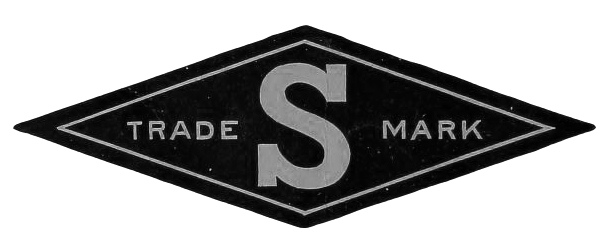The 18th annual Austin Jewish Film Festival opened the festival with Johanne Helgeland’s tremendous children’s holocaust survival tale, THE CROSSING. Johanne was awesome enough to answer Selig Film News’ questions about the film project and much more.
THE CROSSING tells the story of the adventurous 10-year-old Gerda and her brother Otto, whose parents are in the Norwegian resistance movement during the Second World War. One day, just before Christmas in 1942, Gerda and Otto’s parents are arrested, leaving the siblings on their own. Following the arrest, they discover two Jewish children, Sarah and Daniel, hidden in a secret cupboard in their basement at home. It is now up to Gerda and Otto to finish what their parents started: To help Sarah and Daniel flee from the Nazis cross the border to neutral Sweden and reunite them with their parents.
Director Johanne Helgeland chatted with Selig Film New’s Gadi Elkon about her film and much more:
Email Questionnaire –
1. How did this story come to you? Can you talk about working with Maja and Espen to connect the story to the reality going on in Norway? You have a strong production team with Cornelia Boysen, Synnove Horsdal and Lina Pedersen can you discuss working with them to bring the film to life? Also what does it mean to have Menemsha Films be apart of getting the film out?
“The Crossing” is my debut feature film. To have a strong production team like this meant the world. I could lower my shoulders and focus on the right things. We had a very modest budget, so all of us had to find creative solutions. When Neil / Menemsha Films wanted the film we were really happy. It just feels right, he seems to really care for the film, to get it out there – even though times are challenging.
3. I love the amazing scenery of Norway we witness in the film. Can you discuss the visual element you, your cinematographer John-Erling H. Fredriksen wanted to capture. Also the tree sequences are especially scenic can you talk about shooting the final chase scenes?
We wanted to make a film with a flare of both adventure and reality. We wanted it to feel visually “rich”, with mood changes, colour temperatures shifts and a camera that moves with the children. It was important to be on level with the children all the way through. John Erling had the camera on a Gimbal rig, which makes it possible to move with the characters as they run (without using tracks etc).
4. Working with these young actors what was that experience like? Also I do love the Muskateer elements and the “story” version can you talk about shooting that scene as in its dream like feel?
Working with the children was just a really good experience. They are very professional, although none of them had any experience. It was important to find a group that worked socially, and to make them feel safe. We spent a lot of time together in pre prod and had a lot of good talks. We shot the muskateer scene in the forest and had to do everything in a very short amount of time – a lot of impro, with me standing on the side line giving instructions and John Erling hanging on with the camera. It was a lot of fun, and something totally different from the rest of the scenes. The children really enjoyed their costumes and the playfulness of this scene.
5. What did it mean to win the Best Children Film at Norway’s Amanda Awards? What does it mean to have your film showcased at Austin Jewish Film Festival?
I’m so happy that the film reached the Norwegian audience, that means a lot to all of us who made the film. It’s a film that unfortunately still is very topical, with 70 mill refugees that needs protection and the rising of fascism in both Europe and the US. I think we shouldn’t underestimate telling stories to children with an important message. Part of what we wanted was to start a conversation between children and their parents. We hope the film can make the young audience curious about history and ask questions. It means a lot to be able to screen the film for an audience outside Norway as well, because think our theme is universal.
6. Johanne now that you’ve made a wonderful feature film are you planning on more films? What is your next project?
I’m currently working on developing new projects, and reading some scripts. I’m open – as long as the story hits me emotionally and has a heart and message.










